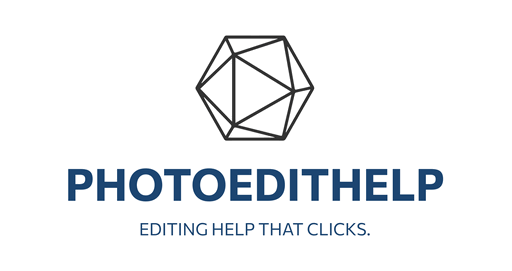The 33x33x33 LUT became a common and widely-supported standard for Photoshop and ON1 was to do with achieving a balance between several technical factors:
- A 3D Grid for Full Color Control: A 3D LUT (Look-Up Table) is a grid that maps input color values (Red, Green, Blue) to output color values. This is a much more powerful approach than a 1D LUT, which can only change the luminosity of a single color channel independently. A 3D LUT allows for complex, creative color shifts where a change in one color can affect the others, which is essential for things like cinematic looks or emulating film stock.
- Balancing Accuracy and Performance: A 33x33x33 grid strikes a sweet spot.
- Higher resolutions (e.g., 65x65x65) offer more precise color mapping and a greater level of detail. However, they require significantly more processing power and memory. This can slow down real-time previews and make the files much larger, which was a more significant concern in the past.
- Lower resolutions (e.g., 17x17x17) are faster and smaller, but they can introduce artifacts like color banding, especially in subtle gradients. The “steps” between the color values are larger, leading to a less smooth transition.
- Industry Standardization: The 33x33x33 size, often associated with the
.cubefile format, became a de facto industry standard. This was particularly driven by the video and film production world, where LUTs are used for everything from on-set monitoring to final color grading. Because so many cameras, software, and color grading platforms adopted this size as a default, it made sense for still-image software like Photoshop and ON1 to support it. This ensures compatibility and allows photographers to use the same creative tools as videographers and colorists. - Computational Efficiency: For a long time, the hardware limitations of computers made processing larger LUTs in real-time impractical. A 33x33x33 LUT provided enough data points to create a high-quality “look” without bogging down the system. The software uses interpolation (usually trilinear or tetrahedral interpolation) to calculate the values for colors that fall between the grid points, effectively creating a smooth transition with a manageable amount of data.
In essence, a 33x33x33 LUT was never an official “requirement” in a strict sense, but rather a widely accepted best practice. It represents the perfect compromise that allows for a high degree of color fidelity and creative control while remaining efficient enough for the average user’s computer and workflow.
